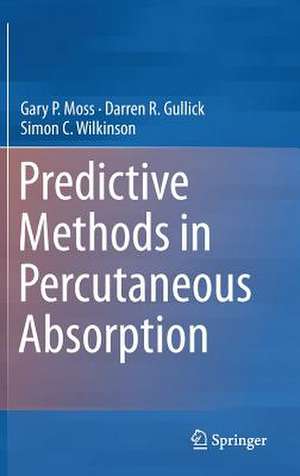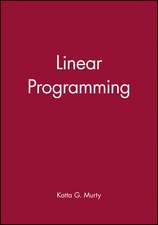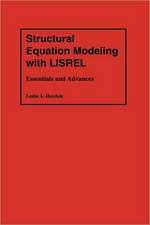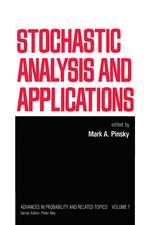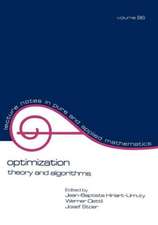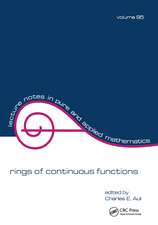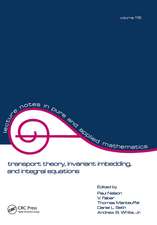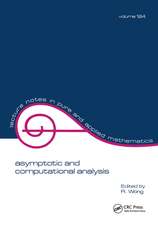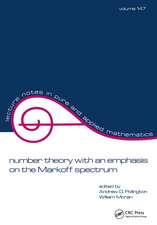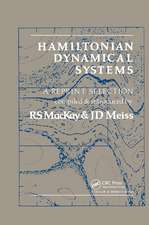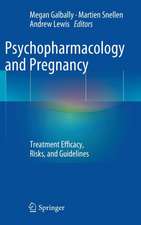Predictive Methods in Percutaneous Absorption
Autor Gary P. Moss, Darren R. Gullick, Simon C. Wilkinsonen Limba Engleză Hardback – 10 iul 2015
The book will be of interest to all researchers in academia and industry working in pharmaceutical discovery and development, as well as readers from the field of occupational exposure and risk assessment, especially those whose work involves agrochemicals, bulk chemicals and cosmetics.
| Toate formatele și edițiile | Preț | Express |
|---|---|---|
| Paperback (1) | 711.32 lei 43-57 zile | |
| Springer Berlin, Heidelberg – 17 oct 2016 | 711.32 lei 43-57 zile | |
| Hardback (1) | 718.29 lei 43-57 zile | |
| Springer Berlin, Heidelberg – 10 iul 2015 | 718.29 lei 43-57 zile |
Preț: 718.29 lei
Preț vechi: 756.09 lei
-5% Nou
Puncte Express: 1077
Preț estimativ în valută:
137.46€ • 142.64$ • 114.89£
137.46€ • 142.64$ • 114.89£
Carte tipărită la comandă
Livrare economică 17-31 martie
Preluare comenzi: 021 569.72.76
Specificații
ISBN-13: 9783662473702
ISBN-10: 3662473704
Pagini: 199
Ilustrații: XV, 199 p. 16 illus., 8 illus. in color.
Dimensiuni: 155 x 235 x 17 mm
Greutate: 0.48 kg
Ediția:2015
Editura: Springer Berlin, Heidelberg
Colecția Springer
Locul publicării:Berlin, Heidelberg, Germany
ISBN-10: 3662473704
Pagini: 199
Ilustrații: XV, 199 p. 16 illus., 8 illus. in color.
Dimensiuni: 155 x 235 x 17 mm
Greutate: 0.48 kg
Ediția:2015
Editura: Springer Berlin, Heidelberg
Colecția Springer
Locul publicării:Berlin, Heidelberg, Germany
Public țintă
ResearchCuprins
Skin Structure and Physiology.- Methods for the Measurement of Percutaneous Absorption.- Mathematical Treatments and Early Models of Skin Permeability.- “Building error upon error”: The New Breadth of Research in the Field.- Algorithms for Estimating Permeability Across Artificial Membranes.- Other Approaches to Modelling Percutaneous Absorption.- “Squiggly lines and random dots – you can fit anything with a non-linear model”.- Finite-dose models of transient exposures and volatile formulation components.- “The Devil Is in the Detail …”.- Conclusions and Recommendations for Model Development and Use.
Textul de pe ultima copertă
This book sheds new light on the development and use of quantitative models to describe the process of skin permeation. It critically reviews the development of quantitative predictive models of skin absorption and discusses key recommendations for model development. Topics presented include an introduction to skin physiology; the underlying theories of skin absorption; the physical laboratory-based processes used to generate skin absorption data, which is in turn used to construct mathematical models describing the skin permeation process; algorithms of skin permeability including quantitative structure-activity (or permeability) relationships (QSARs or QSPRs); relationships between permeability and molecular properties; the development of formulation-focused approaches to models of skin permeability prediction; the use of artificial membranes, e.g. polydimethylsiloxane as alternatives to mammalian skin; and lastly, the use of novel Machine Learning methods in developing the next generation of predictive skin permeability models.
The book will be of interest to all researchers in academia and industry working in pharmaceutical discovery and development, as well as readers from the field of occupational exposure and risk assessment, especially those whose work involves agrochemicals, bulk chemicals and cosmetics.
The book will be of interest to all researchers in academia and industry working in pharmaceutical discovery and development, as well as readers from the field of occupational exposure and risk assessment, especially those whose work involves agrochemicals, bulk chemicals and cosmetics.
Caracteristici
Provides a comprehensive critique of models of percutaneous absorption, their source data and both their limitations and correct use Enriches readers’ understanding of the implications of various models Shows how to tailor models to particular circumstances and accurately interpret the results Will be of interest to researchers in academic and industry working in the fields of pharmaceuticals, occupational exposure, risk assessment and cosmetics Includes supplementary material: sn.pub/extras
